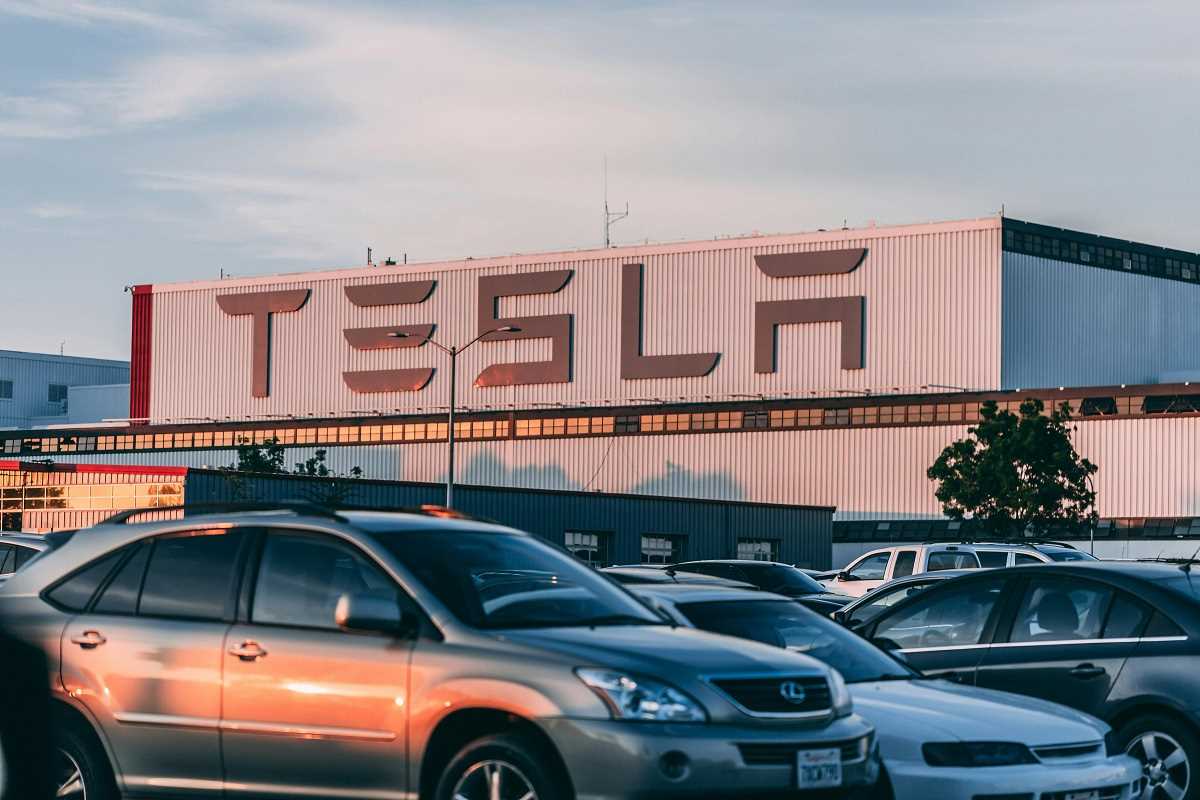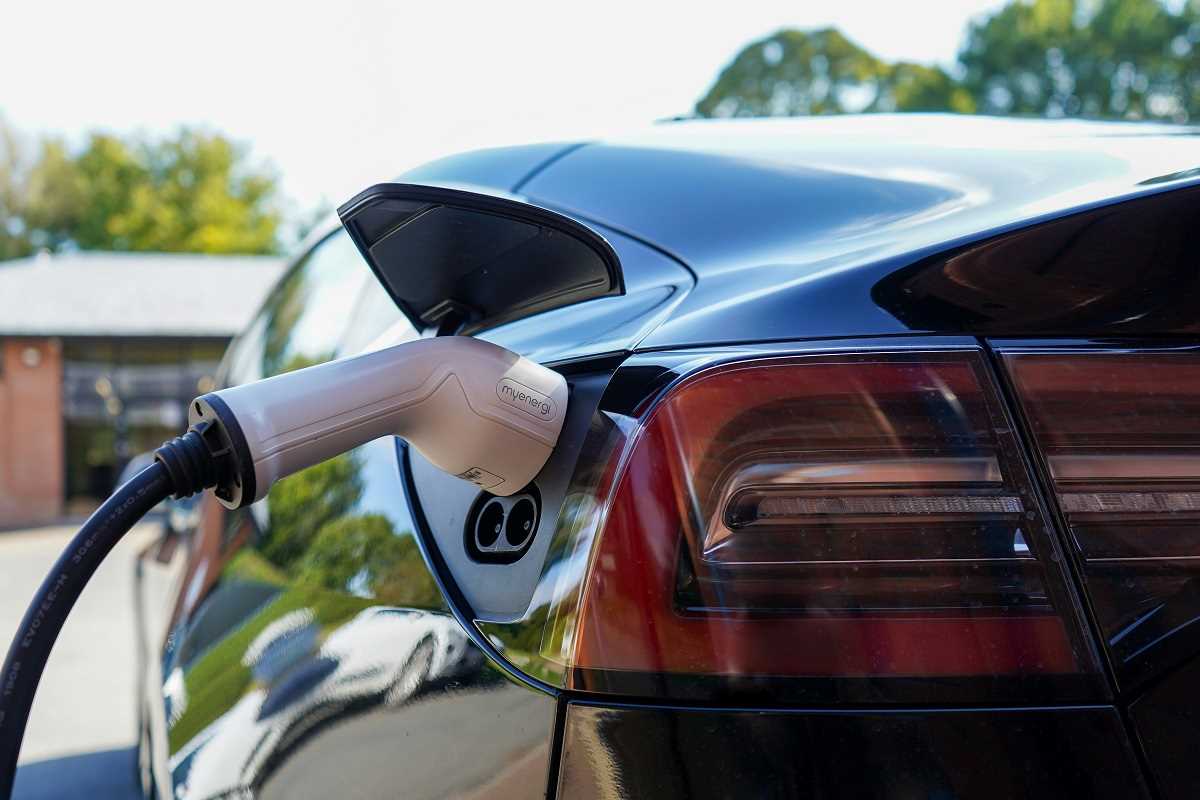Sustainability is no longer just a buzzword thrown around by the car industry; it’s rapidly becoming the foundation of its future. With climate change concerns at an all-time high, automakers are under immense pressure to reduce their environmental impact. From the rise of electric vehicles (EVs) to adopting carbon-neutral manufacturing processes, the industry is making strides toward a greener future. But how sustainable are these efforts really, and are they keeping up with the scale of the climate crisis?
To answer this, we need to take a closer look at what the car industry is doing right, where the challenges lie, and what more can be done to truly push the needle toward a sustainable future.
The Shift to Electric Vehicles (EVs)
One of the most publicized sustainability efforts is the rapid adoption of electric vehicles. EVs are hailed as the pinnacle of green innovation, replacing gas-guzzling engines with efficient electric motors. By eliminating tailpipe emissions, EVs significantly reduce the carbon footprint of personal transportation.
Progress in EV Adoption
- Rapid Growth in EV Models: Major automakers like Tesla, Ford, and Volkswagen have expanded their EV lineups, targeting almost every vehicle segment, from trucks to compact sedans.
- Global EV Sales Surge: Global sales of EVs crossed 10 million in 2022 and are expected to grow exponentially over the decade.
- Government Incentives: Countries worldwide are contributing to this growth by offering tax credits, subsidies, and infrastructure investments to encourage EV adoption.
The Challenges of EVs
However, the narrative around EVs isn’t without complexity. While they produce zero emissions on the road, their sustainability depends heavily on the energy sources used to charge them. Charging from coal-heavy grids diminishes their environmental benefits compared to using renewable energy.
And then there’s the elephant in the room: battery production.
The Environmental Costs of Batteries
- Mining of Raw Materials: EV batteries rely on lithium, cobalt, and nickel, the extraction of which can wreak havoc on local ecosystems and communities.
- Energy-Intensive Manufacturing: A significant carbon footprint is generated during battery production, offsetting the immediate benefits of zero-emission driving.
- Recycling Challenges: While battery recycling is a growing focus area, current infrastructure isn’t yet equipped to handle large-scale demand.
The shift to EVs is undoubtedly a positive step for sustainability, but addressing these accompanying issues will be critical for their long-term environmental impact.
Carbon-Neutral Manufacturing
Automakers are also turning their focus inward, examining how their manufacturing processes contribute to global carbon emissions. For decades, factories have been major polluters, but the narrative is changing as brands commit to carbon neutrality.
Building Greener Factories
- Renewable Energy Sources: Companies like BMW and Volvo are powering their factories with solar, wind, and hydroelectric energy, reducing their dependency on fossil fuels.
- Energy-Efficient Facilities: Designing production plants with energy-efficient layouts, such as LED lighting and smart energy systems, is becoming standard practice.
- Waste Reduction Initiatives: Automakers are streamlining production processes to minimize scrap material and waste.
Examples of Leading the Charge
- Toyota and the Environmental Challenge 2050: Toyota is targeting a 90% reduction in global CO2 emissions from new vehicles and operations by 2050.
- General Motors’ Renewable Energy Goal: GM has committed to powering all of its global facilities with 100% renewable energy by 2025, a remarkable pace.
- Tesla’s Gigafactories: Tesla has emphasized sustainability in its production plants, making them highly energy-efficient and even equipped with on-site solar panels.
Still, achieving carbon-neutral manufacturing on a global scale remains an uphill battle, especially for legacy automakers transitioning from older, carbon-heavy practices.
Recycling Programs and Circular Economy Practices
The car industry is also making efforts to reduce waste and conserve resources through recycling and circular economy initiatives. By reusing materials and components from end-of-life vehicles, manufacturers not only reduce landfill waste but also lessen the demand for virgin materials.
Steps Toward Sustainability
- Recycled Materials in Production: Automakers like Ford and Audi are incorporating recycled plastics, metals, and even fabrics into their vehicles.
- Battery Recycling Innovations: Companies like Redwood Materials are pioneering advanced battery recycling methods, retrieving valuable components such as lithium and cobalt for reuse.
- End-of-Life Vehicle Management: Governments and manufacturers are working together to create systems that make it easier to deconstruct and recycle vehicles in an environmentally friendly way.
Room for Improvement
Despite progress, recycling infrastructure for vehicles and batteries is still in its infancy. Scaling these systems to meet global demand will require significant investment and innovation.
The Rise of Sustainable Materials
The materials that go into building vehicles are another key area of focus for improving sustainability. From plant-based leather to recycled metals, automakers are rethinking how cars are designed and produced.
Examples of Material Innovation
- BMW and Recycled Fibers: By 2030, BMW aims to use 50% recycled materials in their vehicles, significantly reducing their reliance on virgin resources.
- Vegan and Bio-Based Interiors: Many automakers, including Tesla and Polestar, are replacing traditional leather with materials made from plants or recycled products.
- Recyclable Panels: Several manufacturers are exploring recyclable body panels made from sustainable composites like hemp-based plastic.
Using sustainable materials not only reduces the environmental footprint of cars but also aligns with shifting consumer preferences toward eco-friendly products.
The Challenges of Greenwashing
Not all sustainability efforts are created equal. The car industry hasn’t escaped criticism for greenwashing, where companies exaggerate their eco-friendly initiatives without meaningful action to back them up.
Signs of Greenwashing
- Overstated Claims: Advertisements boasting 100% clean energy or zero-emission fleets often overlook the nuances of production emissions or upstream supply chains.
- Limited Transparency: Many automakers don’t disclose enough data about their environmental practices, leaving consumers in the dark.
- Symbolic Gestures: Initiatives like planting a few trees or launching one EV model do little to combat systemic pollution.
By addressing these credibility issues, automakers can build trust and ensure that their sustainability efforts genuinely make a difference.
How Far We’ve Come and What Comes Next
The car industry has made undeniable progress in its sustainability efforts over the past decade. The growth of EVs, carbon-neutral manufacturing, recycling, and sustainable materials is impressive. But there’s still a long way to go to achieve the level of transformation necessary to combat climate change effectively.
What’s Working
- Increasing adoption of EVs and renewable energy in manufacturing.
- Steady progress in battery recycling and material innovation.
- Government mandates and consumer awareness driving accountability.
What Needs Attention
- Scaling up battery recycling efforts and addressing the environmental impacts of raw material extraction.
- Minimizing emissions throughout the entire lifecycle of vehicles, from materials sourcing to end-of-life disposal.
- Eliminating greenwashing and ensuring full transparency in sustainability claims.
To truly go green, the car industry must double down on bold, systemic changes that address all stages of a vehicle’s lifecycle. Collaborative action between automakers, governments, suppliers, and consumers will be critical in making sustainable transportation a reality—not just a promise.
“How green are we really going?” is a question that demands both celebration and critical reflection. The car industry is undeniably undergoing a sustainable transformation, but it is far from perfect. There’s significant progress to applaud, from the widespread acceptance of EVs to the integration of sustainable practices in manufacturing. But, glaring challenges like battery production’s environmental toll and the risk of greenwashing remind us that the road to sustainability is long and winding.
 (Image via
(Image via.jpg)


.jpg)


